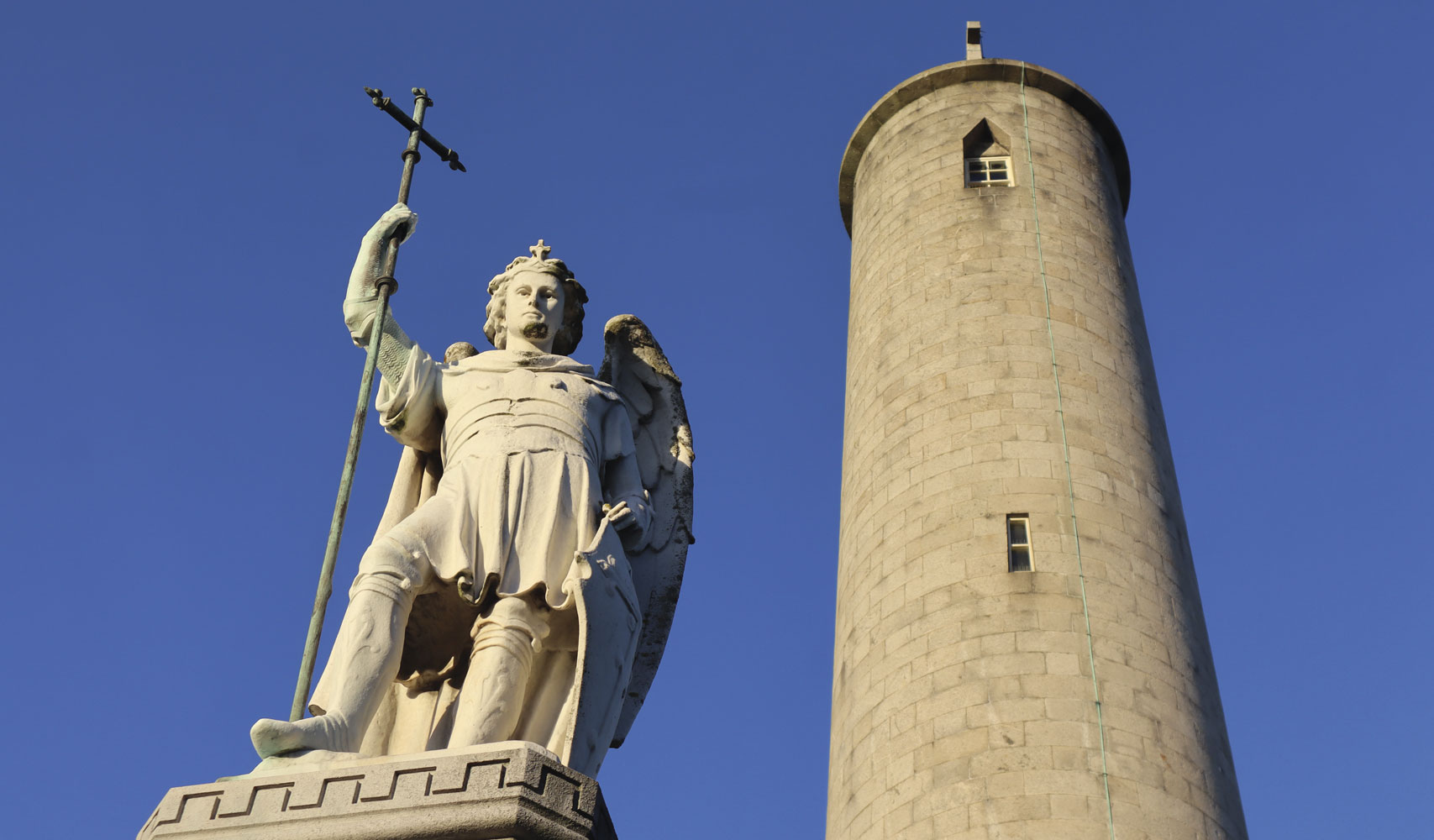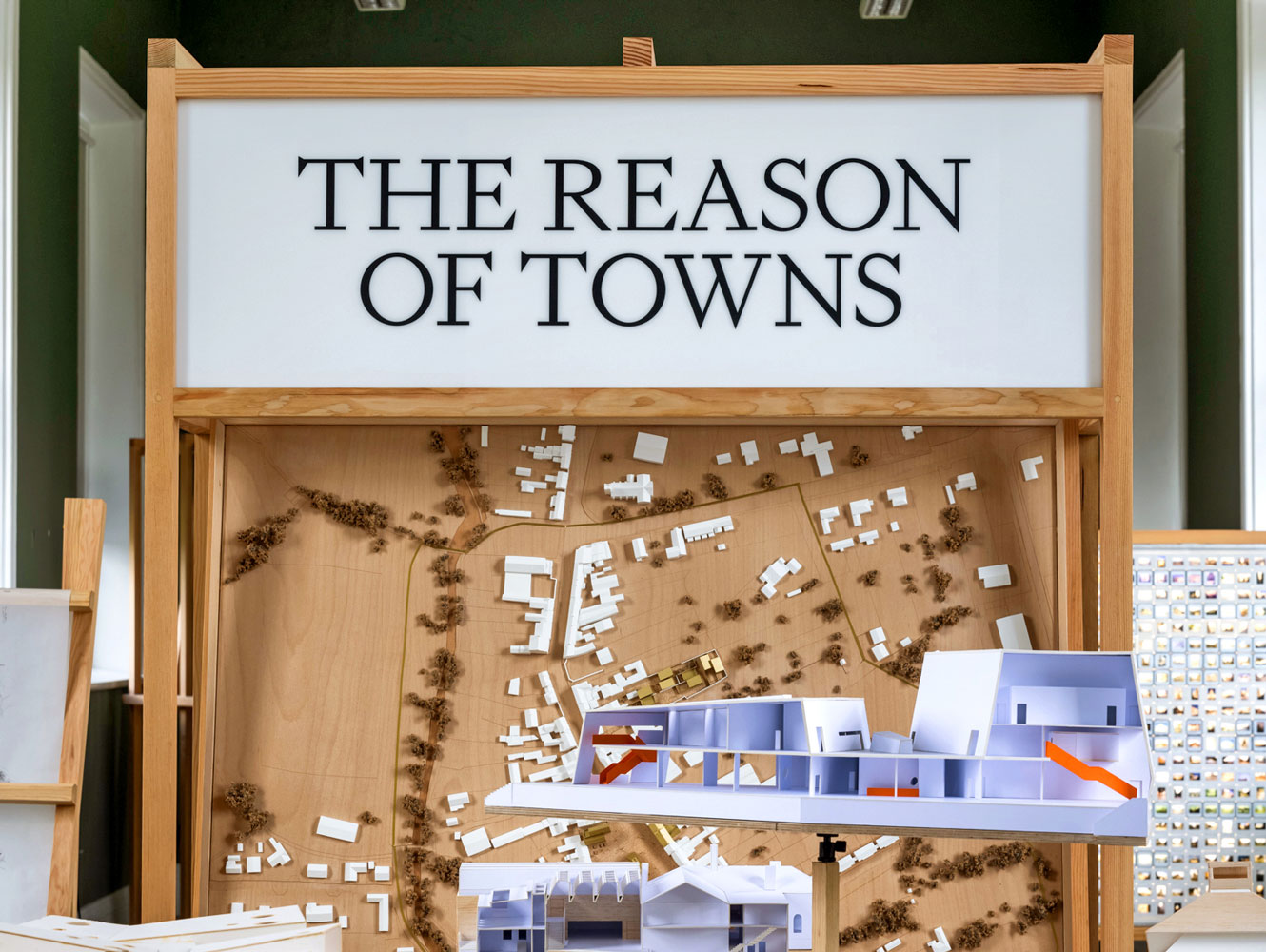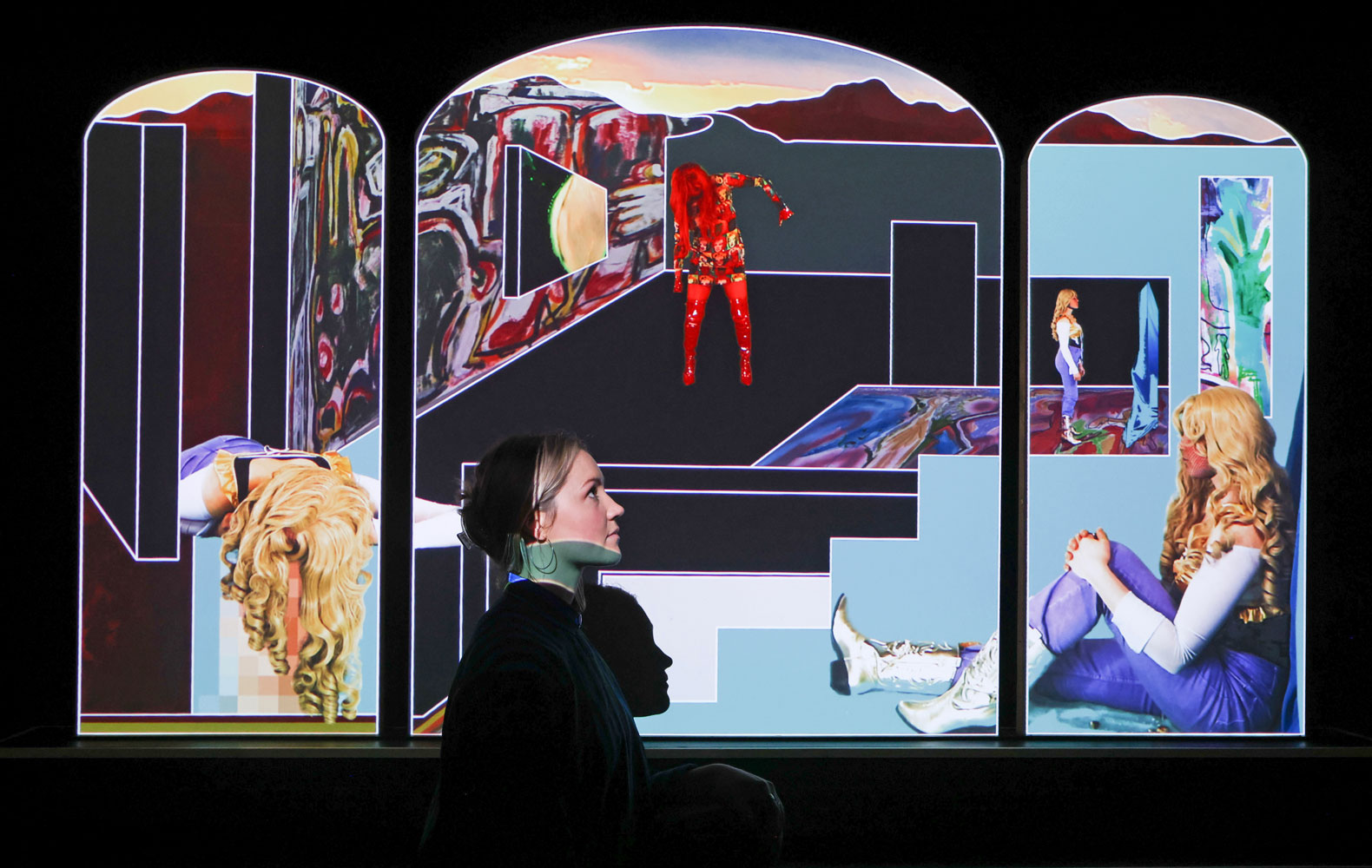The idea of creating a visitor centre in a working graveyard might seem lacking in taste, but a visit to Dublin’s famous Glasnevin Cemetery will dispel any such feeling.

The idea of creating a visitor centre in a working graveyard might seem lacking in taste, but a visit to Dublin’s famous Glasnevin Cemetery will dispel any such feeling.
Glasnevin, reinforced by 19th-century Irish high crosses, a striking round tower and the graves of famous nationalist figures from Daniel O’Connell and Charles Stewart Parnell to Éamon de Valera and Michael Collins, has often been thought to be a Catholic cemetery. In fact, it was founded in 1832 by O’Connell and others as a multidenominational burial ground and named Prospect Cemetery. Before Emancipation in 1832, Catholic burials in parish graveyards were problematic, with fees due to the Established Church and a ban on priests saying prayers at the graveside. It was O’Connell who championed the cause for a new Dublin cemetery open to all.
Much of the old cemetery has been carefully restored in recent years. The names on the finely carved stone monuments recall the history of 19th-century Ireland and, of course, of Dublin in particular. The visitor centre, which is architecturally discreet and tucked inside the main wall of the graveyard, houses a café and a small museum. It was completed in 2010 to the designs of Wejchert Architects. The archives, which date back to the founding of the cemetery, are also kept here.
The latest addition to the facilities is the reopened O’Connell Tower, built in 1855. The visitor passes O’Connell’s crypt and ascends spiral stairs, where at different stages a voice recording recounts salient facts about the tower. There are 198 steps to the top, where a remarkable panoramic view of the city and Dublin Bay awaits.
The ‘replica’ round tower, inspired by the antiquarian and artist George Petrie and designed by Thomas Farrell, rises 55 metres and is constructed of Dalkey granite with a lining of limestone. The walls, over a metre thick, are solidly constructed and withstood a bomb blast in 1971.
The story of Glasnevin is part of the wider history of the search for national identity across Europe in the 19th century.
Peter Pearson

Photography’s power to influence our perception of the natural world and its fragility has been gaining impact with the rise in awareness of climate change.

Touring Ireland over the past six months, ‘The Reason of Towns’ celebrates the design qualities of Irish towns and aims to motivate people to choose them as a place to live.

The winner of the 2024 RDS Taylor Art Award, given to the most promising emerging visual artist of the year in Ireland and worth €10,000, is Sorcha Browning.